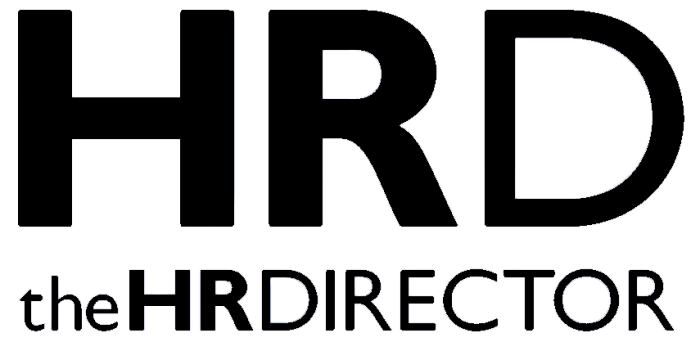The advent of AI – or the automation of thinking – is a major disruption to the way humans live and work. As a result, many thousands of workers worldwide have expressed FOBO, or the Fear Of Becoming Obsolete. These fears are not entirely unfounded. The World Economic Forum (WEF) tracks the expectations of global employers on future skills requirements. In 2025, they reported that two fifths (39%) of existing skill sets are anticipated to become outdated or transformed over the next five years.
But there is no need to fear the coming wave. As new technologies are incorporated and AI takes on more of the cognitive load of just about any job, our ability to use freed-up brain space to innovate and problem solve will be in hot demand.
Aside from the obvious need to build digital dexterity, top skills of the future are thinking skills. Namely, analytical thinking, creative thinking, curiosity, resilience, and lifelong learning. Why these skills? Because machines can’t empathise with what humans need, desire or aspire to, nor can they innovate creative solutions to meet those needs. We are entering a new space in which machines augment human thinking, not replace it.
To stay relevant in the age of AI – we need to be better thinkers.
So how does one go about thinking better? Unless you’ve done a philosophy or science degree, chances are you’ve never been taught how to think. In fact, even with a tertiary education, it can be difficult to catch ourselves in biases, assumptions, norms and limiting beliefs that keep us locked in our own worldview.
Here are four simple yet proven methods to do better thinking. As an author of two books on high performance, I’ve used these methods to improve my own thinking. I’ve also seen great results when using these methods with leadership teams to overcome challenges and create new strategies.
- Full spectrum thinking
Full spectrum thinking is a concept created by Matt Church and Peter Cook in their 2018 book Think. Full spectrum thinking encourages us to flesh out an idea by scoping it from four different angles: from “left brain” rational view to “right brain” creative view, and from big picture “conceptual” view down to detailed “concrete” view. For example, to flesh out an idea like “culture drives performance”, incorporate the research and statistics that support the idea, share a story that brings it to life, frame it with a model or method, and add a metaphor for clarity and interest.
By fleshing out an idea in full spectrum, you add both substance and appeal to your idea by making it accessible to people with different preferences for absorbing information.
- Yes and, yes but
This is another thinking strategy shared by Church & Cook in Think. When you hear a concept or idea that you either agree or disagree with, use this method to build upon the idea with your unique perspective.
“Yes, and” asks you to elaborate on why you agree with an idea or concept. “Yes, but” asks you to consider the opposing idea, or provide a contrary view.
Yes is different to No. Yes suggests we are building concepts. No suggests we are debating concepts. Examples are: How can we grow both revenue and margin at the same time? How can we improve both productivity and engagement? How can we gain market share and consolidate our offerings? These questions seem paradoxical until they are considered as opportunities for radical change.
- Scientific Thinking
The main premise behind scientific thinking is to treat opinions simply as hypotheses to be tested as either true or not true. Scientific thinking wards against cognitive biases like confirmation bias getting in the way of the truth.
For workers, adopting a scientific approach to thinking is about being willing to test ideas and let them go when they don’t work out. The smart people at Google X have designed a whole innovation factory around scientific thinking. They are the team behind self-driving cars, self-flying delivery vehicles, smart glasses, smart contact lenses and balloon-powered internet. They see failure as a positive, because in the words of one of their employees, “killing a good idea, makes room for truly great ones”.
- Design Thinking
Design thinking was a concept introduced by Hasso Plattner and Devid Kelly in 2004 as a revolutionary way to transform problem solving. This approach encourages individuals to identify and tackle problems through three unconventional ways:
- Empathize – understand the problems and challenges from the perspective of the ‘user’ or customer.
- Work Together – recognise that creativity sparks from collaboration – that working together can and does produce a better result than individuals working alone.
- Fail Effectively – work fast to build a minimum viable product (MVP) and test it. Adopt a “fail fast” mentality, seeing continuous improvement, or iterative improvement over perfection.
Applying design thinking in just about any context quickly evolve their thinking, respond to feedback, iterate, and improve.
High performing teams are only as good as their individual contributors, working together to leverage collective capacity. If you’ve been selected in a team, chances are you were hired for your mind. Learning how to use it, as well as encouraging diversity of thinking with your fellow colleagues, will ensure that you’re better together than any one of you could be alone.
Stephanie Bown is a leadership specialist and author of Curious, Connected & Calm: How leaders are better together
www.stephaniebown.com









